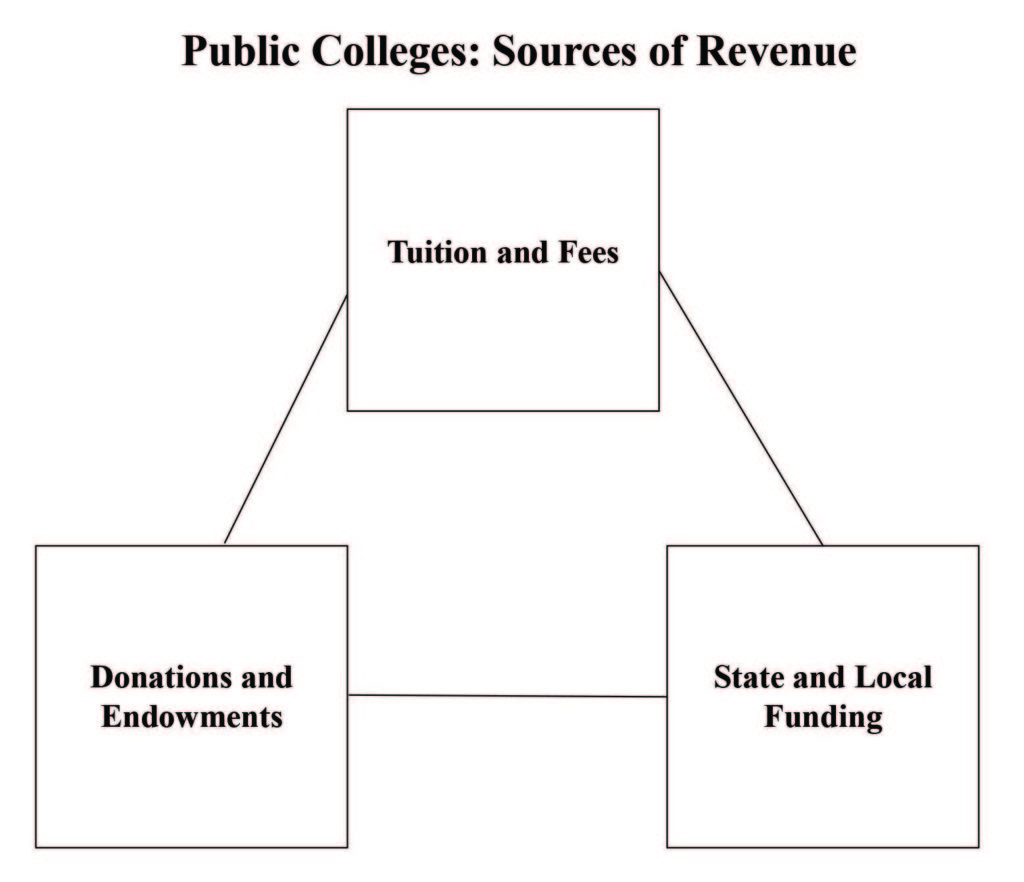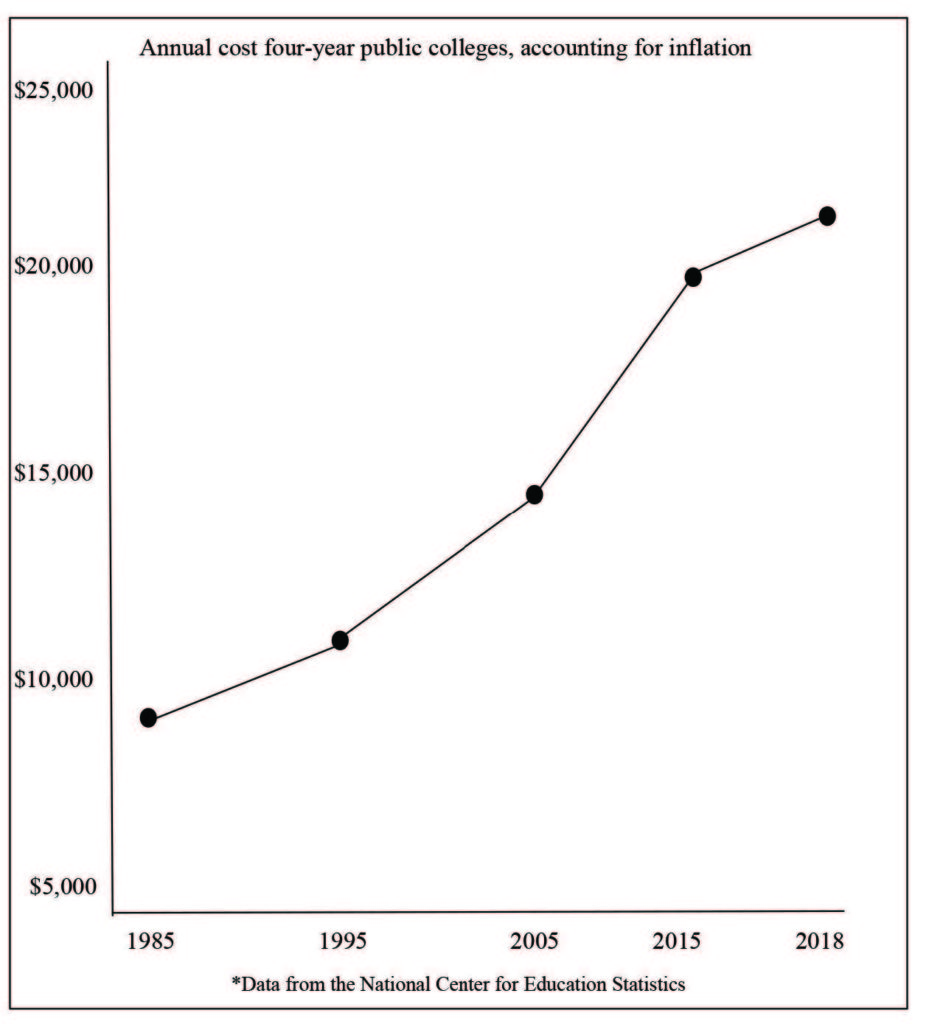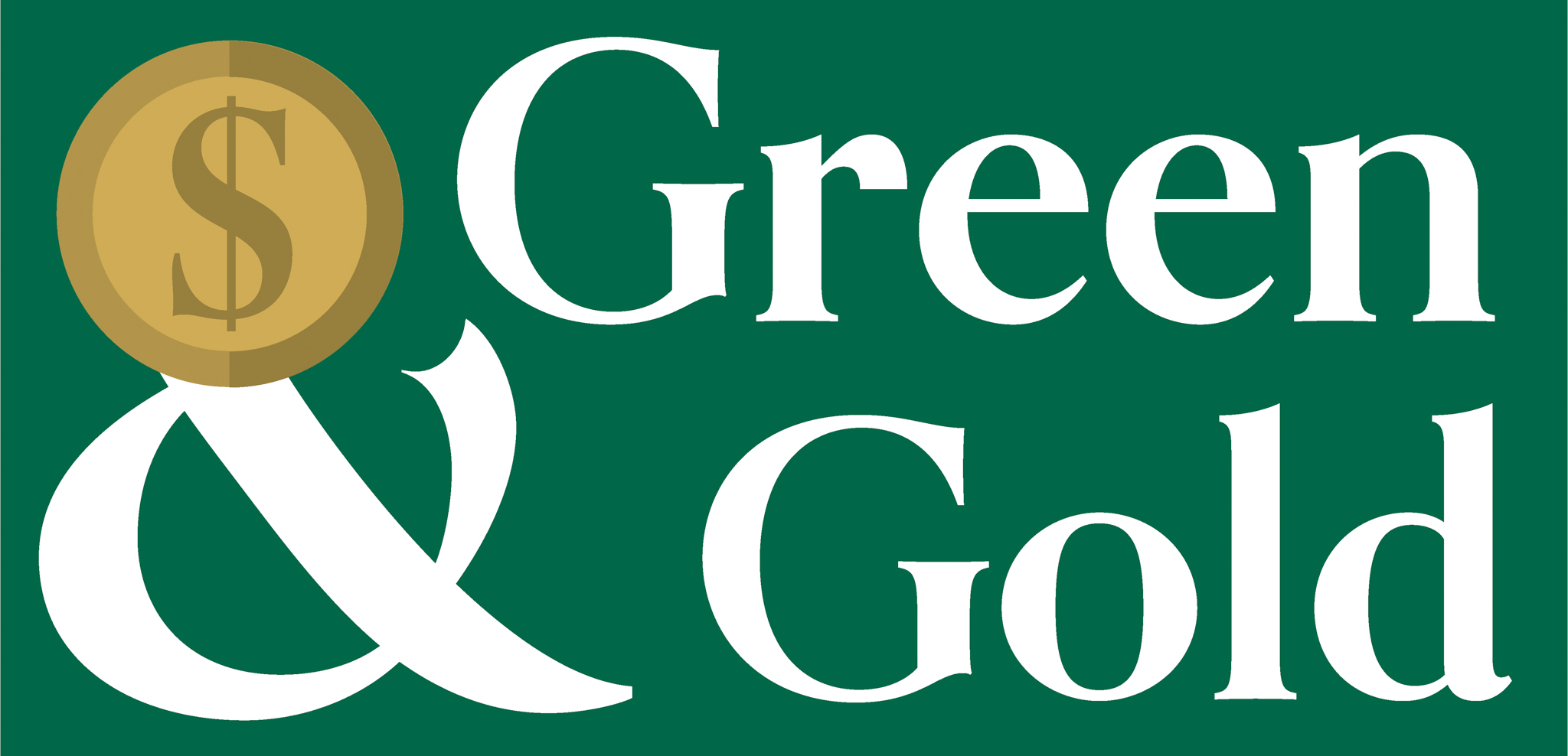Darnell Henderson | The Crow’s Nest
By Trevor Martindale
Since 1985, the national average cost of attending a four-year public college has skyrocketed – and USF is on track with this trend.
According to the National Center for Education Statistics (NCES), the average annual cost of attending an in-state, four-year public college increased from $8,798 in 1985, to $20,050 in 2018, when accounting for inflation.
Today, the annual cost of attendance for an in-state USF student is $23,866.
As the national student debt reaches an all time high of $1.7 trillion, many students and graduates are dismayed and looking for answers.
In the seventh installment of The Crow’s Nest’s Poynter College Media Series, Green & Gold, we analyzed the trends in the cost of attending public college.
The major cause of the increased cost of public colleges is debated among experts. Some point to reduced state funding as the prime factor, while others point to alterations in federal funding and market-driven incentives.
A 2019 report explained that the increased cost of public college ranges from lower state funding to newly introduced incentives for colleges to target student-funded streams of revenue.
Public colleges are primarily financed through public state and local funding, tuition and student fees, donations and endowments.

Trevor Martindale | The Crow’s Nest
Also, the report showed that, while state and local funding has increased overall for public colleges, it has not kept up with increased enrollment.
State and local funding was $9,489 per student in 1987, and $7,152 per student in 2015.
Another study showed that for every $1,000 state budget cut per student, tuition and fees increase by $257. The study also concluded that the loss of state and local funding accounts for 16.1 percent of the increase in tuition and fees over the past 30 years.
So when public colleges lose state and local funding, they often raise tuition to compensate for the losses.
The report also explained that colleges are incentivized to search for streams of “unrestricted revenue.” This is because other sources of revenue, such as donations and public funding, are often restricted to special projects or research and educational expenses.
Tuition and fees, however, can generally be allocated at the discretion of the college administration. Increased tuition and fees also makes the state and local government more inclined to cut funding, according to the report.
In some cases, this has prompted schools to seek more out-of-state students, who are often charged two to three times the tuition of an in-state student. In a USA Today analysis, 240 public universities were found to admit fewer in-state students in 2017 than five years before.
Some argue that the recent trends in attracting out-of-state students align with the mass expansion of student amenities and support, which also contributes to the increased cost of attendance.
Others argue that the cost of attending college is merely a problem of supply and demand.
As a college degree has become increasingly vital for economic mobility, more young people are viewing college as a prerequisite as opposed to an enticing option. In turn, the demand for a college degree has soared – enrollment rates have increased 195 percent since 1970.
Some experts contend that colleges are aware of the high demand for an education, and set the value of the experience accordingly.
Some studies show that the increased demand may be exacerbated by changes in federal aid since 1993. However, this mostly impacts costs at private and for-profit colleges.
All in all, the rising costs of attending public colleges is a result of a changing structural and economic landscape. It will continue to be debated whether the primary blame lies with the government or the colleges themselves.

Trevor Martindale | The Crow’s Nest

